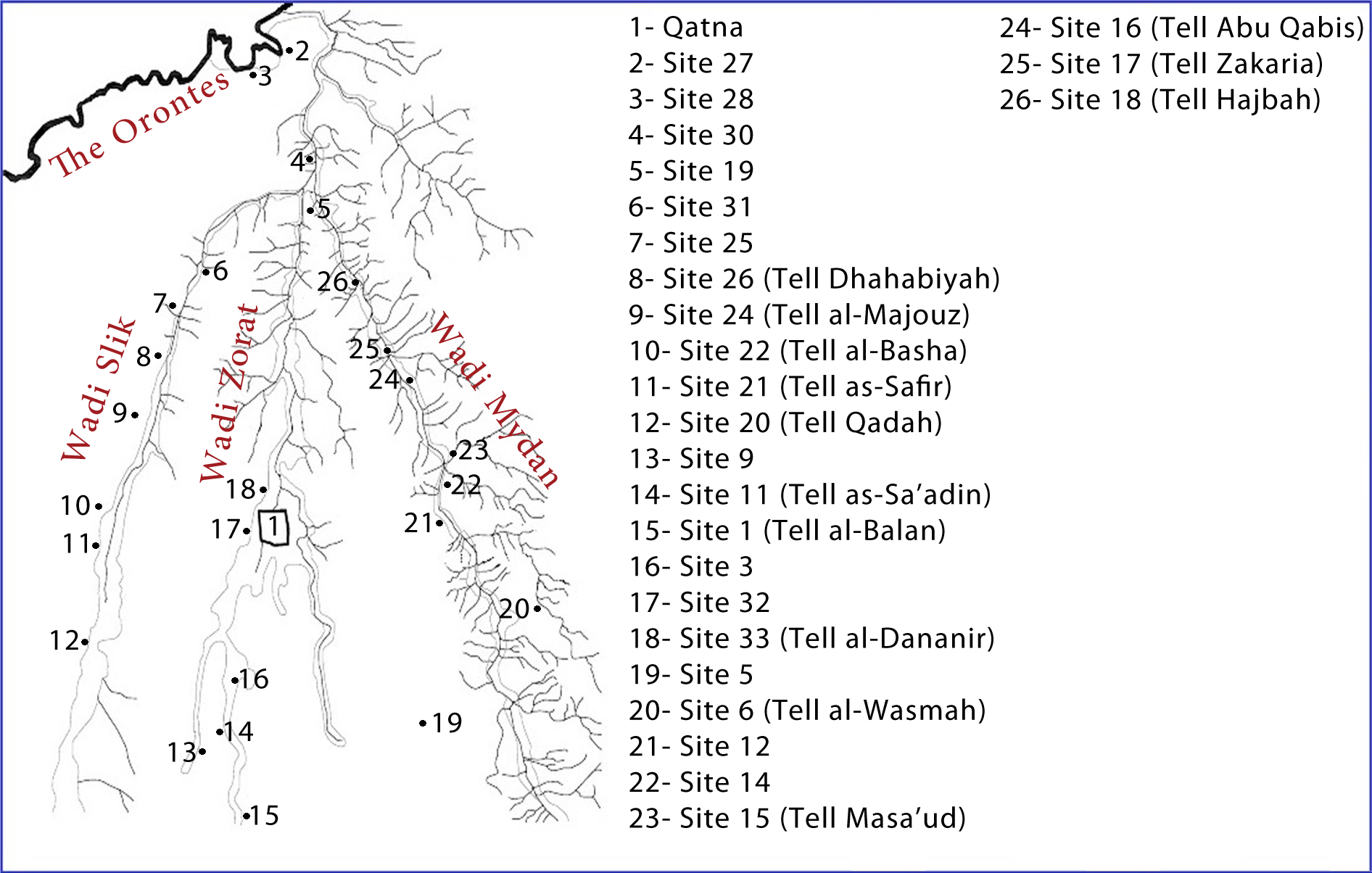|
Akizzi
Prince Akizzi was the ruler of Qatna Qatna (modern: ar, تل المشرفة, Tell al-Mishrifeh) (also Tell Misrife or Tell Mishrifeh) was an ancient city located in Homs Governorate, Syria. Its remains constitute a tell situated about northeast of Homs near the village of al ... in the fourteenth century BC. Prince Akizzi wrote three of the Amarna letters correspondence. References *''Journal of the Royal Asiatic Society of Great Britain and Ireland'', 1990, Cambridge University Press for the Royal Asiatic Society 1990, p. 52 *K. A. Kitchen, ''Ramesside Inscriptions'', Blackwell Publishing 2000, p. 67 *G. Maspero, 1904, ''History of Egypt'', Part Four, Kessinger Publishing 2003, p. 278 *William L. Moran, ''The Amarna Letters'', Johns Hopkins University Press, 1987 External linksLetters from Akizzi of Qatna Amarna letters writers Qatna 14th-century BC rulers 14th-century BC people {{AncientNearEast-bio-stub ... [...More Info...] [...Related Items...] OR: [Wikipedia] [Google] [Baidu] |
Qatna
Qatna (modern: ar, تل المشرفة, Tell al-Mishrifeh) (also Tell Misrife or Tell Mishrifeh) was an ancient city located in Homs Governorate, Syria. Its remains constitute a tell situated about northeast of Homs near the village of al-Mishrifeh. The city was an important center through most of the second millennium BC and in the first half of the first millennium BC. It contained one of the largest royal palaces of Bronze Age Syria and an intact royal tomb that has provided a great amount of archaeological evidence on the funerary habits of that period. First inhabited for a short period in the second half of the fourth millennium BC, it was repopulated around 2800 BC and continued to grow. By 2000 BC, it became the capital of a regional kingdom that spread its authority over large swaths of the central and southern Levant. The kingdom enjoyed good relations with Mari, but was engaged in constant warfare against Yamhad. By the 15th century BC, Qatna lost its hegemony an ... [...More Info...] [...Related Items...] OR: [Wikipedia] [Google] [Baidu] |
Amarna Letters
The Amarna letters (; sometimes referred to as the Amarna correspondence or Amarna tablets, and cited with the abbreviation EA, for "El Amarna") are an archive, written on clay tablets, primarily consisting of diplomatic correspondence between the Ancient Egypt, Egyptian administration and its representatives in Canaan and Amurru kingdom, Amurru, or neighboring kingdom leaders, during the New Kingdom, spanning a period of no more than thirty years between c. 1360–1332 BC (see Amarna letters#Chronology, here for dates).Moran, p.xxxiv The letters were found in Upper Egypt at el-Amarna, the modern name for the ancient Egyptian capital of ''Akhetaten'', founded by pharaoh Akhenaten (1350s–1330s BC) during the Eighteenth Dynasty of Egypt. The Amarna letters are unusual in Egyptological research, because they are written not in the language of ancient Egypt, but in cuneiform, the writing system of ancient Mesopotamia. Most are in a variety of Akkadian language, Akkadian sometim ... [...More Info...] [...Related Items...] OR: [Wikipedia] [Google] [Baidu] |
Amarna Letters Writers
Amarna (; ar, العمارنة, al-ʿamārnah) is an extensive Egyptian archaeological site containing the remains of what was the capital city of the late Eighteenth Dynasty. The city was established in 1346 BC, built at the direction of the Pharaoh Akhenaten, and abandoned shortly after his death in 1332 BC. The name that the ancient Egyptians used for the city is transliterated in English as Akhetaten or Akhetaton, meaning " the horizon of the Aten".David (1998), p. 125 The site is on the east bank of the Nile River, in what today is the Egyptian province of Minya. It is about south of the city of al-Minya, south of the Egyptian capital, Cairo, and north of Luxor (site of the previous capital, Thebes). The city of Deir Mawas lies directly to its west. On the east side of Amarna there are several modern villages, the chief of which are l-Till in the north and el-Hagg Qandil in the south. Activity in the region flourished from the Amarna Period until the later Roman era. ... [...More Info...] [...Related Items...] OR: [Wikipedia] [Google] [Baidu] |
14th-century BC Rulers
As a means of recording the passage of time, the 14th century was a century lasting from 1 January 1301 ( MCCCI), to 31 December 1400 ( MCD). It is estimated that the century witnessed the death of more than 45 million lives from political and natural disasters in both Europe and the Mongol Empire. West Africa experienced economic growth and prosperity. In Europe, the Black Death claimed 25 million lives wiping out one third of the European population while the Kingdom of England and the Kingdom of France fought in the protracted Hundred Years' War after the death of Charles IV, King of France led to a claim to the French throne by Edward III, King of England. This period is considered the height of chivalry and marks the beginning of strong separate identities for both England and France as well as the foundation of the Italian Renaissance and Ottoman Empire. In Asia, Tamerlane (Timur), established the Timurid Empire, history's third largest empire to have been ever establish ... [...More Info...] [...Related Items...] OR: [Wikipedia] [Google] [Baidu] |


